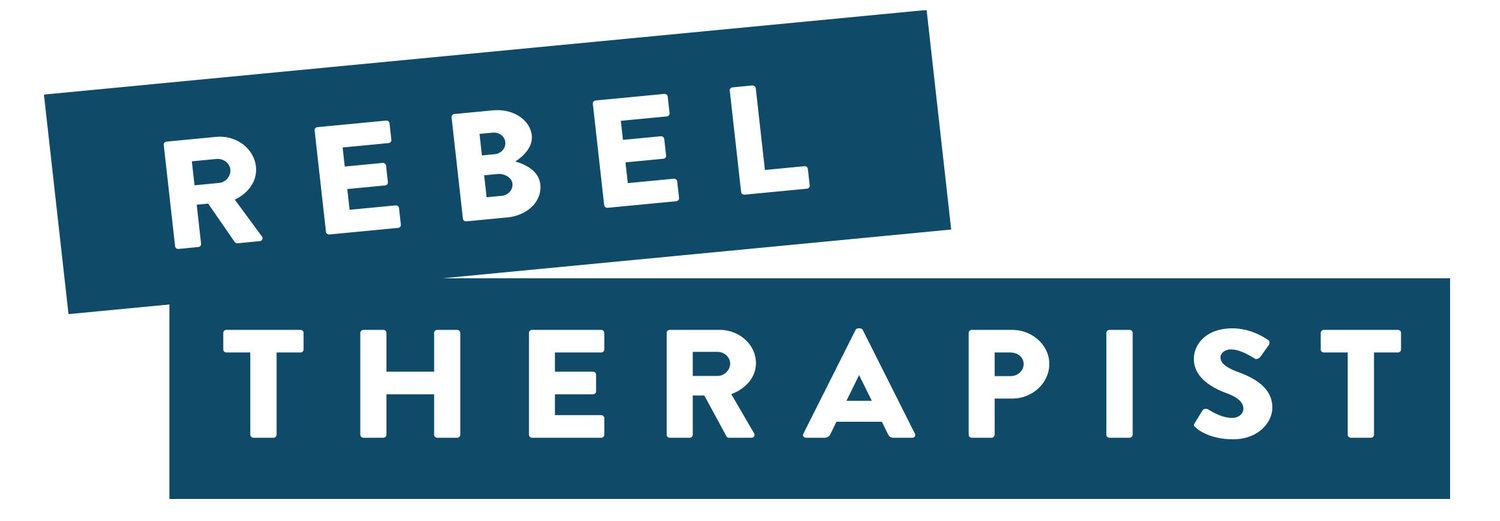I bet you’re an excellent listener. You listen well to your friends and family. You listen with care and respect to your clients. In your therapy sessions, you tune in not only to the content of your clients’ words, but also to the emotions, the body language, and the many possible meanings of what is said.
You speak, but first, you listen.
As a therapist you are a professional listener. Malcolm Gladwell, author of The Tipping Point and Outliers has said that a person gains mastery of a skill after 10,000 hours. You either have your 10,000 hours of professional listening, or you’re well on your way.
Here’s some good news:
Marketing your therapy practice is more about listening than self-promotion.
When you think about marketing your therapy practice, you sometimes feel uncomfortable and ill at ease with what you think you’re supposed to do. You may believe you’re supposed to promote yourself and say wonderful things about the work you do. That’s not really what marketing is about.
Marketing your therapy practice is more about your potential clients than it is about you.
It’s time to those amazing listening skills in your marketing. I’m talking about listening to your potential right-fit clients (sometimes called “ideal clients”), those people who you would like to be working with and who would love to find you. When you are creating your website, talking to your colleagues, or putting anything out there into the world, the more you’ve listened to your potential right-fit clients, the more successful you will be at delivering the right messages.
So how do you listen to your potential right-fit clients?
Pay attention to what potential clients say in their very first conversations with you. In that initial phone call and that first session, listen very carefully to what your right-fit clients say. Don’t translate their words into your therapeutic language. Listen carefully and remember the words they use.
Those are the words you will focus your marketing around. There’s a lot of garbage out there, so when your right-fit clients notice that you are tuned in to what they are experiencing, it stands out.
Here are a few things to keep in mind as you listen. I’m not suggesting that you ask clients these questions. Just keep listening as you always do, and you’ll gather this information over time:
- The biggest problems your right-fit clients struggle with when they are ready for therapy.
- The emotions your right-fit clients feel about their problems when they are ready for therapy.
- The things your right-fit clients were doing to try to solve their problems before they were ready for therapy.
- The things your right-fit clients want to accomplish right away in therapy.
Now get out there and listen.
Is it time to build the therapy practice that only you can build? Apply for a free phone consultation with me now.

